Introduction to Early Alcohol Experiences
Underage drinking is a global issue, with many teenagers introduced to alcohol at an unexpectedly young age. One common scenario is the influence of friends in initiating this experience. This article delves into a personal story where friendship played a pivotal role in early drinking, reflecting broader societal trends and impacts.
Key Facts on Adolescent Alcohol Consumption
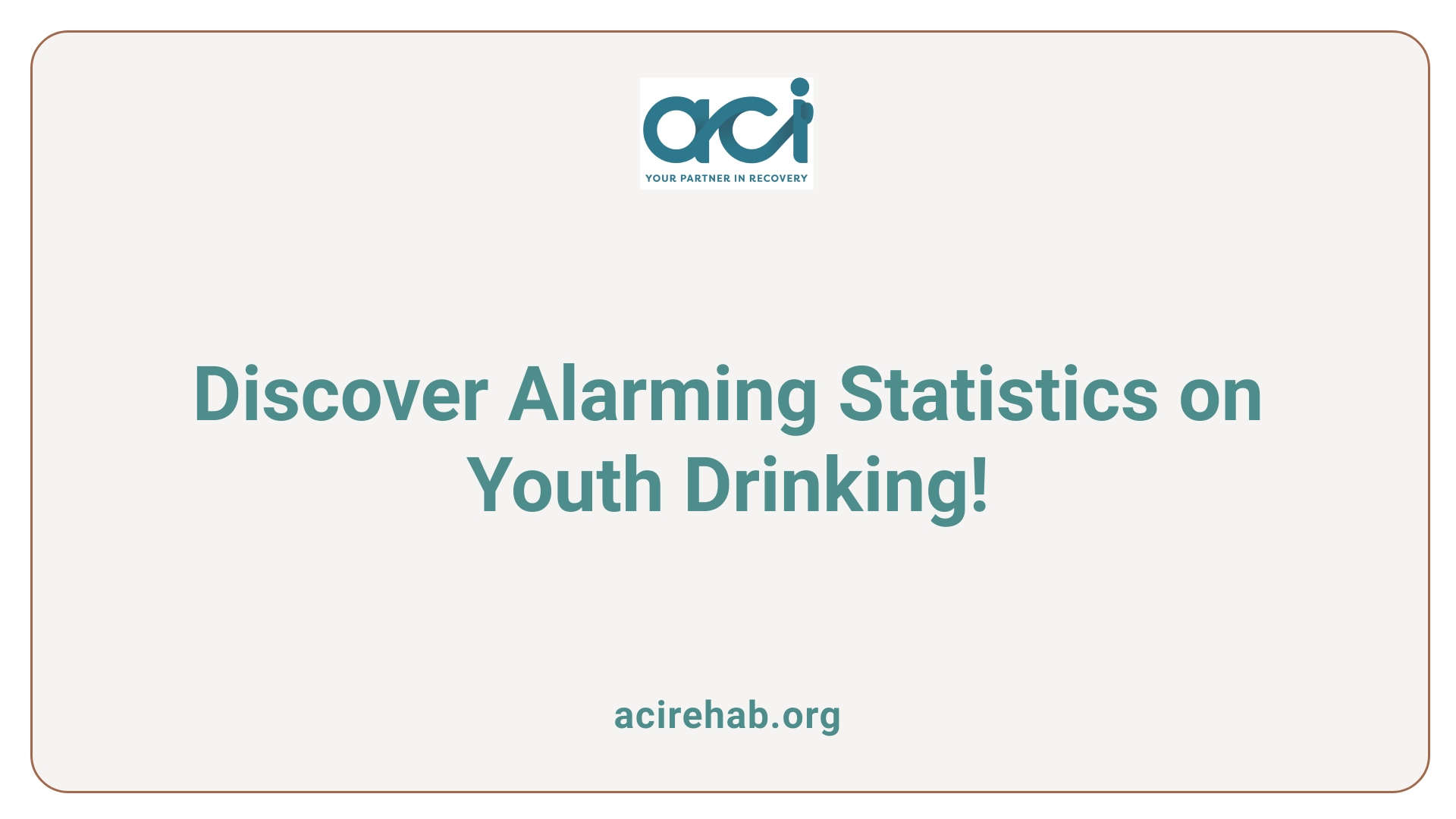
- 33.1% of teens aged 12 to 20 have consumed alcohol at least once in their lives.
- Around 30% of 8th graders in the U.S. have tried alcohol.
- Peer influence plays a critical role in early drinking initiation and behaviors.
- Early drinking significantly increases the risk of developing Alcohol Use Disorder (AUD) later in life.
- Starting drinking before age 15 makes individuals 12 times more likely to face unintentional injuries.
- Young people who drink before 13 are twice as likely to engage in risky behaviors like unprotected sex.
- Binge drinking is a concern as 90% of youth alcohol consumption is attributed to this pattern.
- Family supervision is essential; lack of guidance can lead to higher drinking rates among teens.
- Emotional factors like curiosity and acceptance drive adolescent drinking behaviors.
- Long-term effects of early drinking include cognitive impairments and increased health risks by mid-twenties.
1. First Sip: A Life-Changing Influence
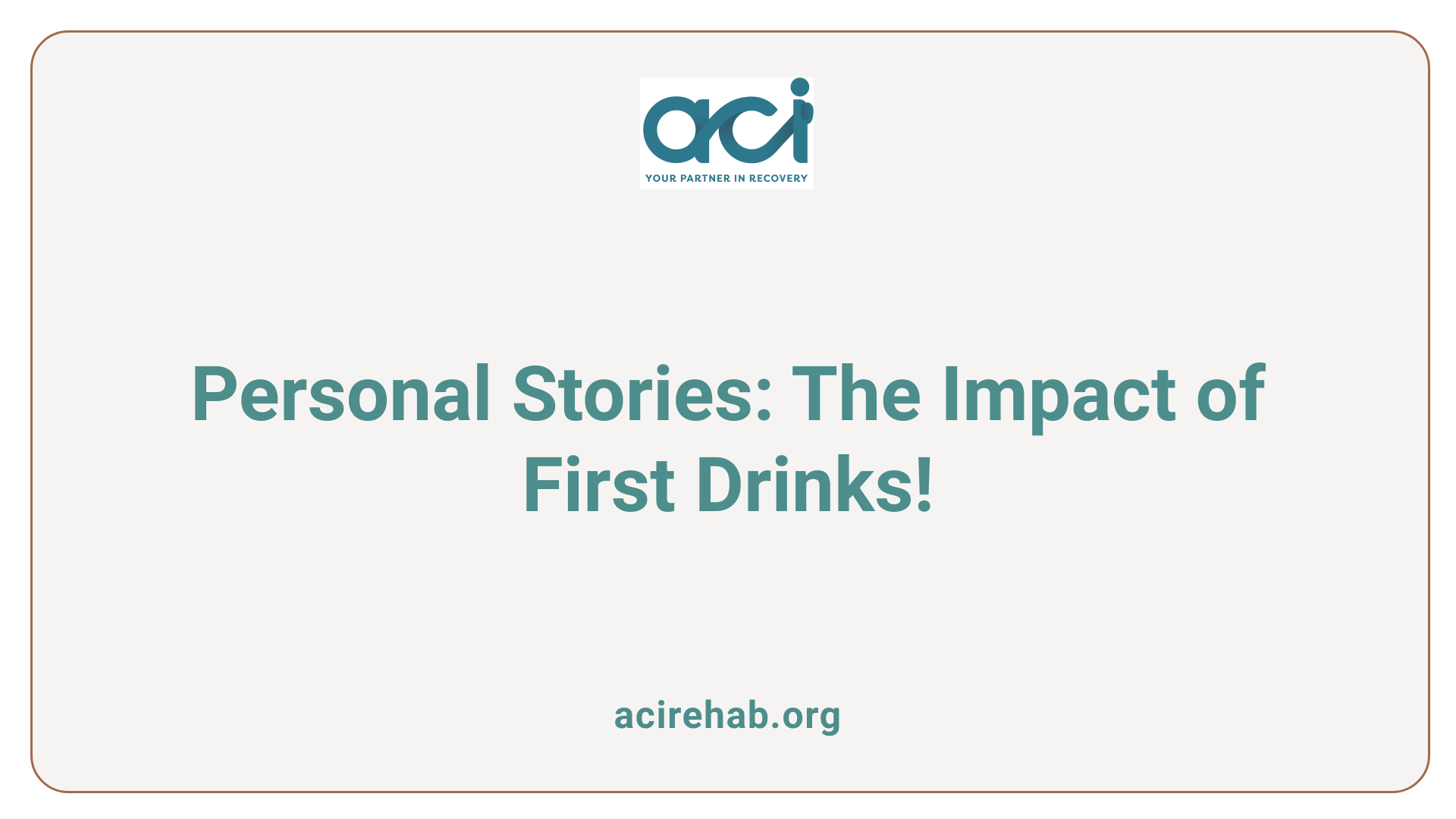
Personal story of first drink at age 13 with a best friend’s influence
At the tender age of 13, I vividly remember the moment I took my first sip of alcohol. On an ordinary day, my best friend and I decided to steal a bottle of vodka from my mother’s stash. The exhilaration of the act, coupled with the thrill of that first taste, was oddly intoxicating, laying the groundwork for a tumultuous relationship with alcohol. This impulsive choice, fueled by adolescent curiosity and a desire to fit in, marked the onset of my journey into a world where drinking became normalized among my peers.
Impact of peer pressure in early drinking experiences
The significance of peer influence in my story can’t be overstated. Research suggests that when adolescents receive their first drink from friends rather than family, they are more likely to begin drinking earlier and face a greater risk of alcohol-related problems later. Studies from the University of Iowa illustrate just how pervasive early alcohol consumption is, noting that about one-third of eighth graders in the U.S. have tried alcohol.
The social dynamics of adolescence often lead youths to lean on their friends for cues regarding acceptable behavior. In my case, the act of drinking quickly turned into a social rite of passage, enticing me deeper into a lifestyle marked by parties and excessive consumption.
Emotional aspects and social dynamics involved in adolescent drinking
Drinking at such a young age was not merely about the alcohol; it was about emotions like curiosity, excitement, and the desire for acceptance. Each drink I had became intertwined with my social life, overshadowing my academic responsibilities.
Unfortunately, this association would later lead to a series of detrimental outcomes. By 15, I was involved in a severe car wreck caused by a drunk driver, a stark reminder of the risks tied to early drinking. The thrill I initially felt would quickly devolve into struggles with addiction and long-term health impacts.
The intertwining of these social factors and emotional experiences highlights how deeply rooted peer influence is in adolescent drinking. It’s a complex web of social selection and influence that leaves lasting scars, emphasizing the critical need for awareness and education around youth alcohol consumption.
What role do peers play in shaping early drinking experiences?
Peers are crucial in shaping early drinking experiences as adolescents are highly susceptible to peer pressure and the desire to fit in. Friendship dynamics can normalize drinking behavior, making it a shared activity that strengthens social bonds. This influence is often more pronounced when there is a lack of parental supervision or guidance, leading teenagers to depend more on their social circles for cues on acceptable behavior.
Summary of Early Alcohol Consumption Statistics
| Grade Level | Percentage of Students Who Have Tried Alcohol | Implications of Early Drinking |
|---|---|---|
| 8th Grade | 30% | Increased risk of alcohol dependency |
| 10th Grade | 50% | Higher likelihood of risky behaviors |
| 12th Grade | 70% | Greater chances of long-term health issues |
The trends are alarming, as early initiation of alcohol use correlates with an increase in risky behaviors and long-term addiction issues, highlighting the significant role peer influence plays in adolescent experiences with alcohol.
Early Drinking Trends and Statistics
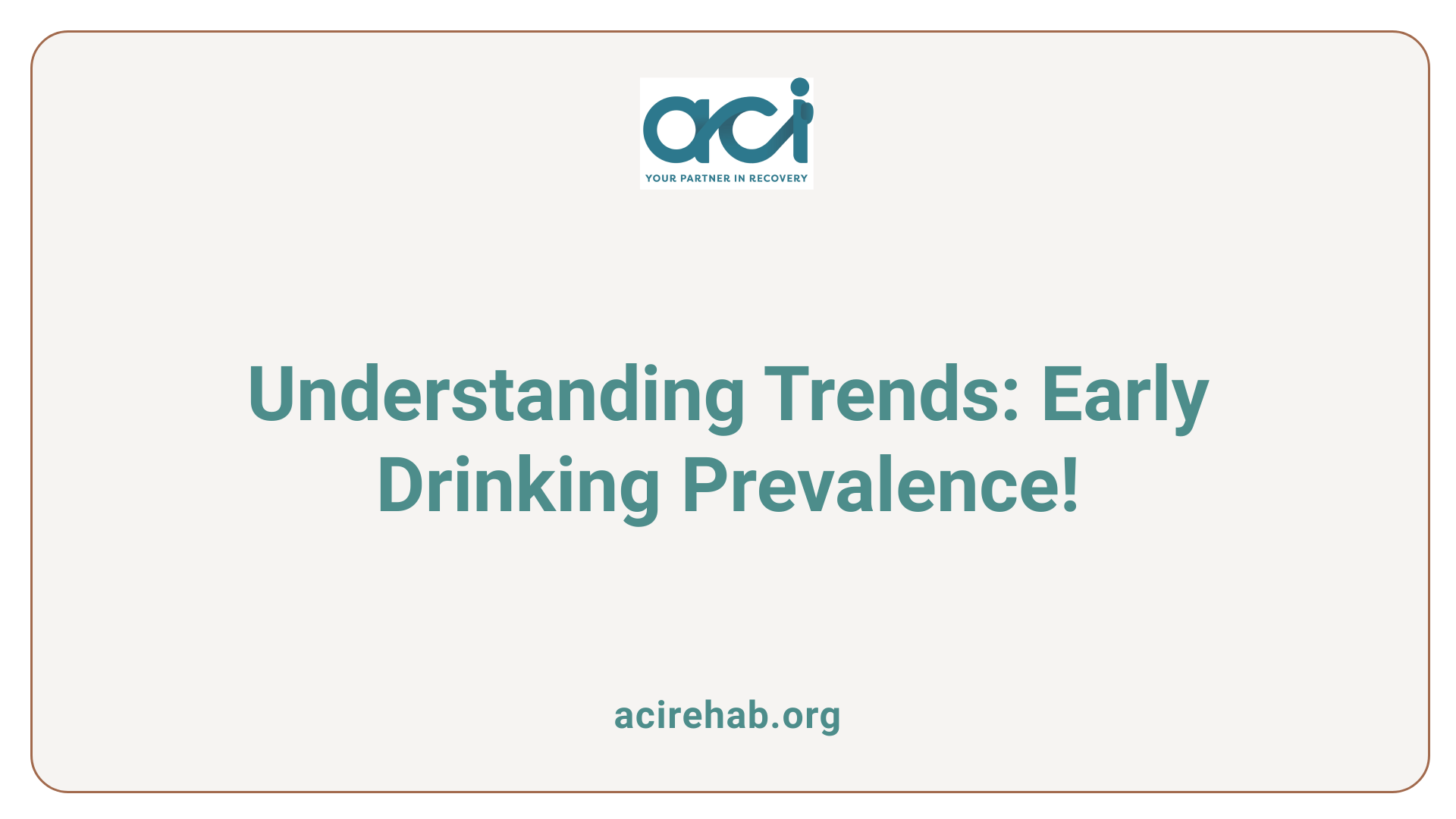
How prevalent is underage alcohol consumption among teens?
Underage alcohol consumption is a substantial public health issue in the United States. Research indicates that approximately 33.1% of teens aged 12 to 20 have consumed alcohol at least once in their lives. A significant number of these teens report more recent drinking experiences, with 27.9% stating that they drank alcohol in the past year and 14.6% admitting to alcohol use in the past month.
Binge drinking is particularly concerning within this demographic, as 8.6% of teens engage in this behavior. A staggering statistic reveals that around 90% of the alcohol consumed by youth comes from binge drinking, making this a critical area of concern. The repercussions of such drinking patterns can be severe. They are closely tied to a rise in injuries, fatalities, and long-term health problems, including an increased risk for developing Alcohol Use Disorder (AUD). Given these figures, it’s clear that underage drinking remains a widespread and pressing challenge in American youth culture.
What health risks are associated with early drinking onset?
The health risks linked to early alcohol consumption are alarming and multifaceted. Initiating drinking before the age of 15 correlates with an elevated risk of serious negative outcomes. Young people who begin drinking in their early teenage years are 12 times more likely to experience unintentional injuries while under the influence than those who start drinking later.
Moreover, the implications extend beyond physical health. Adolescents who start drinking early often struggle with addiction later in life. Studies show that early drinking significantly increases the likelihood of developing alcohol dependence, academic difficulties, and exacerbated mental health issues such as depression and anxiety. Additionally, early drinking can lead to risky behaviors, including unprotected sex and unplanned sexual encounters—in fact, youth who had their first drink before age 13 are twice as likely to engage in such behavior.
In summary, the intertwining of increased social pressures leading to underage drinking and the resultant long-term health consequences poses a complex challenge that requires immediate attention.
Summary of Early Drinking Trends and Associated Risks
| Age Group | Percentage with First Drink | Risk of AUD | Risk of Injury |
|———————–|—————————-|————|—————-|
| 8th Graders (12-14) | 30% | High | 12x more likely |
| 10th Graders (15-16) | 50% | High |
| 12th Graders (17-18) | 70% | Very High |
Understanding these statistics can form a critical basis for addressing and mitigating the adverse effects of underage drinking in society.
Family Dynamics and Peer Influence
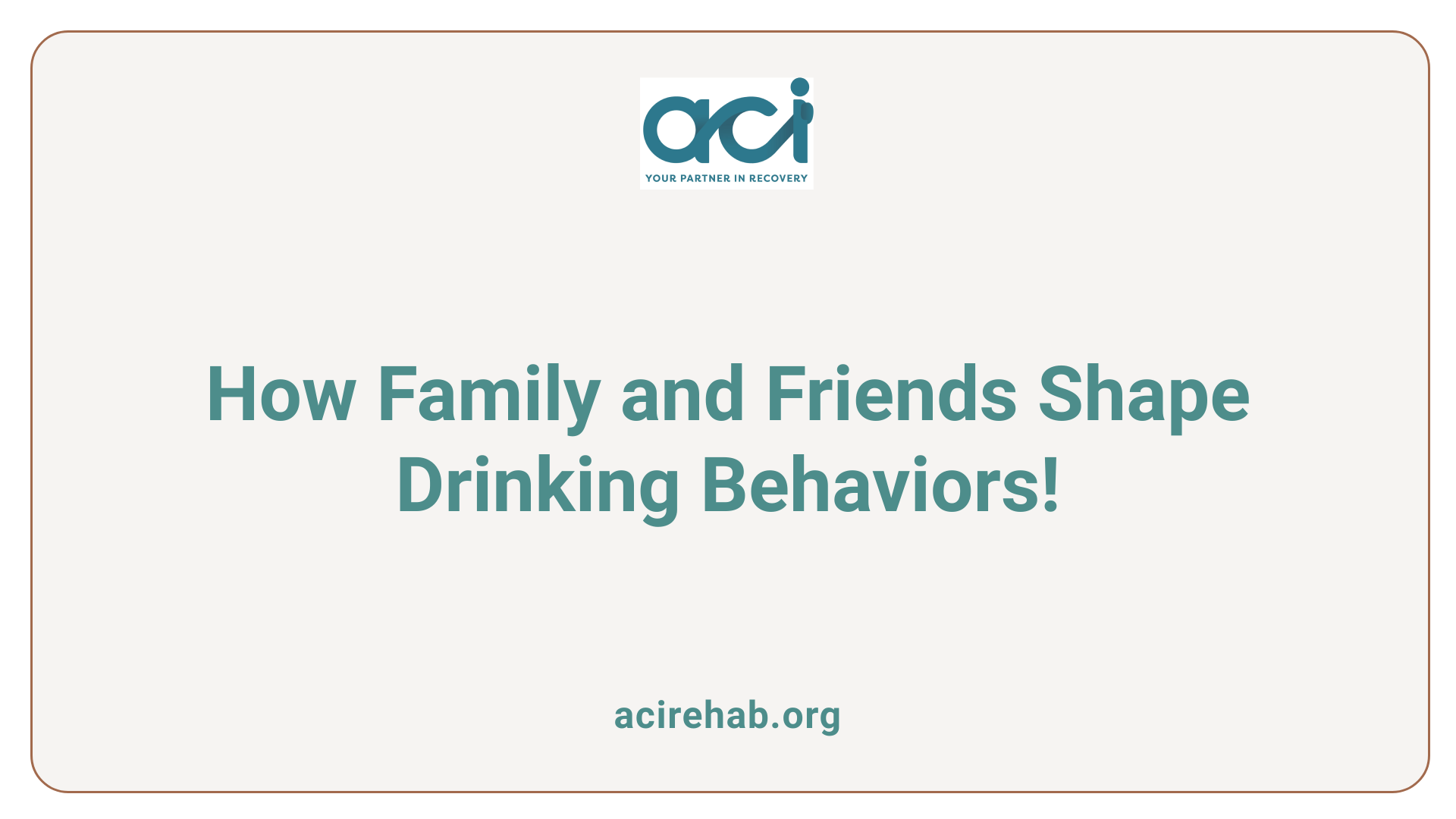
How do family dynamics and peer influence affect adolescent drinking behaviors?
Family dynamics and peer influence significantly shape adolescent drinking behaviors. The early introduction to alcohol often occurs within the context of friendships; a study by the University of Iowa found that adolescents who receive their first drink from friends tend to start drinking earlier and are more prone to alcohol-related issues later in life.
For many teens, the experience of having their first drink is vividly associated with emotions like curiosity and thrill. The author shares their experience of stealing vodka from their mother at age 13, highlighting how peer interactions can often lead to early exposure to alcohol. When family supervision is lacking or negative, it can heighten the risk of adolescents succumbing to peer pressure, influencing their alcohol consumption decisions.
The Role of Social Environments in Early Exposure to Alcohol
Social environments play a crucial role in shaping drinking behaviors among youths. Statistics reveal that approximately 30% of 8th graders in the U.S. have tried alcohol, with the number rising to over half by 10th grade and 70% by their senior year. In many cases, these early drinking instances occur in social contexts, such as parties where alcohol is more accessible and socially accepted. Friends often emerge as a primary influence in these settings, and their perceptions about drinking can set the tone for individual behavior.
Moreover, expert Samuel Kuperman notes that children from alcoholic households frequently encounter alcohol through their peers rather than family members. This highlights how the social landscape is intertwined with familial backgrounds in influencing alcohol initiation among teens. The pressure to conform and gain social acceptance often leads adolescents to partake in drinking—many recalling anecdotes similar to the author’s, where their friends play a role in their first experiences with alcohol.
Summary Table of Influences on Adolescent Drinking Behavior
| Influence Type | Description | Impact on Drinking Behavior |
|---|---|---|
| Family Supervision | Strong parental guidance can deter risky behavior; lax supervision can increase risk | Protective factor vs. vulnerability to peer influence |
| Peer Pressure | Adolescents often imitate their friends’ drinking habits for social acceptance | Early onset of drinking and potential for abuse |
| Social Environments | Availability of alcohol at social events influences initiation and consumption | Increased likelihood of early alcohol exposure |
| Emotional Context | Initial drinking experiences tied to feelings of curiosity or thrill | Sets the stage for future drinking behavior |
Adolescent alcohol consumption is a serious issue that warrants attention, particularly understanding the factors that lead to early exposure. Recognizing the interplay between family dynamics and peer pressure can help create more effective prevention strategies aimed at reducing underage drinking.
Long-Term Consequences of Early Drinking
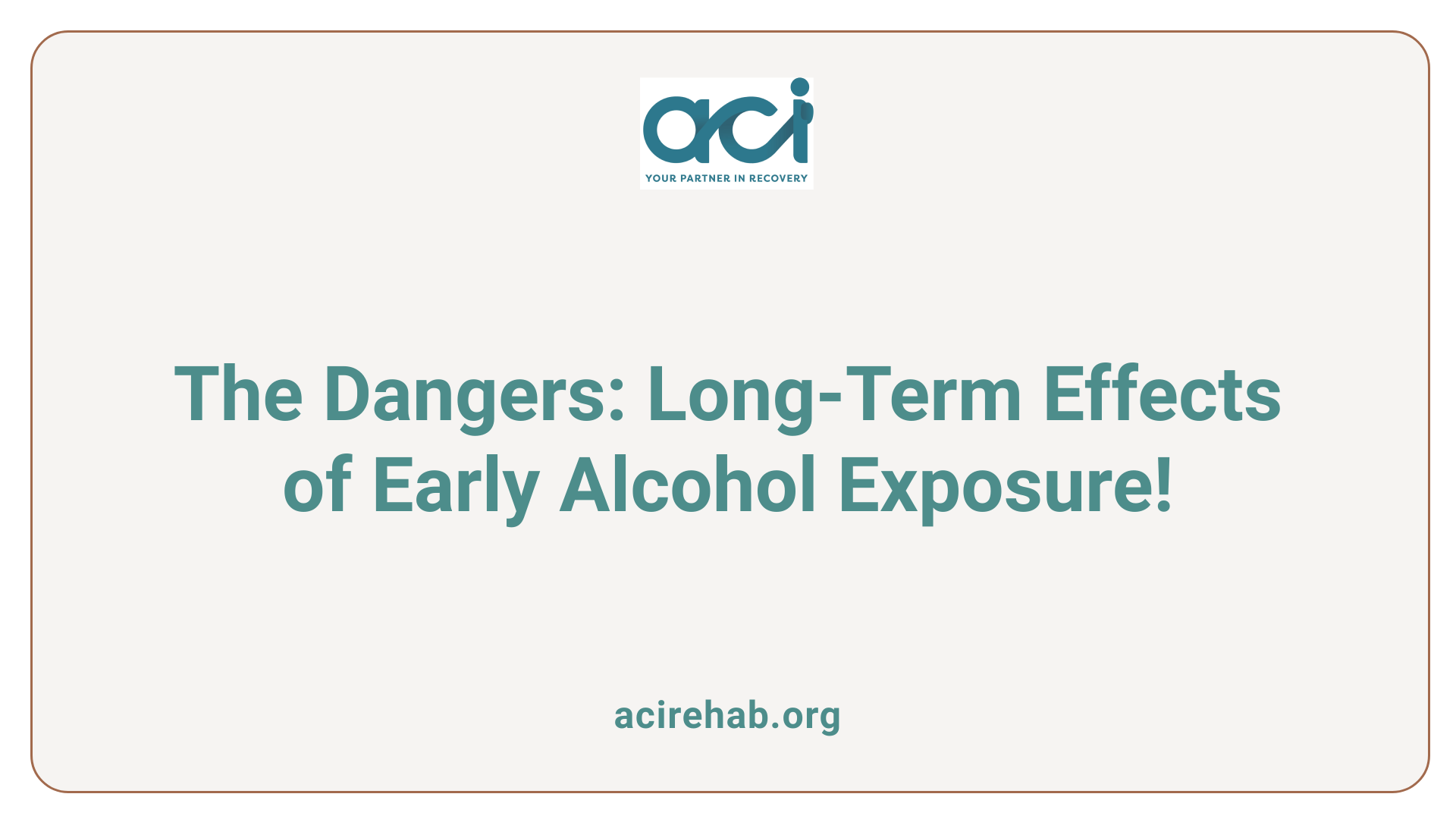
What are the potential long-term effects of early alcohol exposure on personal development?
Early exposure to alcohol can have severe repercussions on personal development. Many studies, including those led by the University of Iowa, emphasize that those who start drinking at a young age are at a greater risk of developing alcohol dependence as adults. This connection is critical, as the adolescent brain is still developing and is particularly susceptible to changes in behavior and chemistry caused by alcohol.
Along with addiction, cognitive impairments are common outcomes of early drinking. Young individuals may struggle with memory, attention span, and decision-making skills, which are essential for academic performance and workplace success. Emotional development can also be compromised, leading to difficulties in regulating emotions and forming stable relationships later in life. These developmental delays can ultimately hinder an individual’s ability to fulfill their potential in various areas, including career and personal life.
Correlation between early drinking onset and future health issues
Numerous studies underscore a direct correlation between early onset of drinking and future health challenges. Statistics reveal that individuals who begin drinking before age 15 face significantly increased risks of serious negative outcomes. For example, they are 12 times more likely to suffer unintentional injuries while under the influence compared to those who start later. Furthermore, drinking before the age of 13 is linked to a doubling of chances to engage in risky behaviors such as unprotected sex.
The ramifications of early drinking extend into adulthood. Starting alcohol consumption at a young age is associated with long-term health issues such as cardiovascular problems, obesity, and even chronic illnesses by the time individuals reach their mid-twenties. Heavy drinking initiated in adolescence can disrupt normal development, leading to issues like high blood pressure and mental health disorders, including anxiety and depression.
Summary of Long-term Risks
| Risk Factor | Description | Outcome |
|---|---|---|
| Alcohol Dependency | Increased likelihood of developing alcohol use disorder due to early exposure. | Higher chance of needing treatment for alcohol-related issues later in life. |
| Cognitive Impairments | Impacts on memory and decision-making abilities. | Poor academic performance and professional limitations. |
| Emotional Development Issues | Difficulty in regulating emotions and forming healthy relationships. | Challenges in personal relationships and emotional stability. |
| Higher Risk of Injuries | Greater likelihood of accidents and unintentional injuries due to alcohol use. | Increased rates of hospital visits or severe accidents in adolescence and adulthood. |
| Long-term Health Problems | Correlation with chronic health conditions arising from early drinking habits. | Health issues such as cardiovascular disease, obesity, and mental health disorders by age 24. |
Underage drinking is not merely a rite of passage but a significant risk factor for numerous long-term challenges in an individual’s life. The social implications and the personal trajectory of early drinkers emphasize the need for awareness and prevention.
Effective Communication Strategies for Parents
How Does Early Drinking Influence Future Behavior?
One personal experience that stands out is the first drink at age 13, often influenced significantly by friends. This moment, while seemingly harmless at the time, can have long-lasting effects on an adolescent’s behavior. A study led by the University of Iowa suggests that adolescents who receive their first drink from friends are more likely to start drinking earlier in life, which increases their risk of developing alcohol-related problems later on.
The statistics surrounding early drinking are alarming. It was found that about 30% of eighth graders in the U.S. report having tried alcohol, and this number jumps to over half by 10th grade, reaching 70% by senior year. This trend highlights not just the prevalence of early alcohol consumption but also the pivotal role peer influence plays in adolescents’ choices. For many, their first drink becomes a vivid memory tied to feelings of excitement and curiosity, illustrating the powerful impact of social dynamics.
What Are the Long-Term Effects of Early Drinking?
The consequences of early drinking are profound. Research shows that early exposure to alcohol can disrupt brain development, leading to cognitive impairments and an increased risk for addiction as individuals mature. Heavy alcohol consumption starting at a young age can correlate with serious health issues, including obesity and high blood pressure, by the mid-twenties.
Moreover, the relationship between adolescent drinking and risky behaviors cannot be overstated. Young people who begin drinking before age 15 are not only more likely to engage in alcohol-dependent behaviors but are also 12 times more likely to be involved in unintentional injuries under the influence. The narrative of individuals who began drinking at 13 often reveals a concerning trajectory, including increased risks of accidents and a greater likelihood of academic and mental health challenges.
How Do Social Dynamics Affect Drinking Behavior?
Peer influence cannot be discounted when discussing adolescent drinking. It often serves as both a selection and an influence mechanism, meaning that the social circles teenagers choose can significantly impact their drinking habits. This is evident in the case of the author, whose early drinking experiences became entwined with social activities and later challenges with substance abuse. Such dynamics illustrate how a lifelong pattern of drinking can initiate from a seemingly casual encounter, like sharing a drink with a friend.
To better understand these social behaviors, researchers often utilize methodologies like Stochastic Actor-Oriented Models (SAOM). These studies can help disentangle whether drinking choices are driven by peer influence or by the natural selection of drinking friends, providing insight into how social environments shape actions.
| Grade Level | Percentage of Students Who Have Tried Alcohol | Significance |
|---|---|---|
| 8th Grade | 30% | Early initiation can lead to long-term substance use issues. |
| 10th Grade | 50% | Increased likelihood of engaging in risky behaviors. |
| 12th Grade | 70% | Peaks risk of alcohol-related incidents and dependency. |
From these reflections, it becomes clear that early drinking experiences are more than just isolated incidents; they can significantly influence lifelong patterns of behavior, highlighting the importance of awareness about social influences on adolescent drinking.
Conclusion: Learning from Personal Narratives
The story of having the first drink with a best friend at a young age mirrors the experiences of many teenagers, highlighting the profound impact of peer influences and the long-term consequences that can stem from early alcohol exposure. Understanding these experiences is essential for parents, educators, and society at large to address underage drinking effectively, fostering a safer environment for future generations.
References
- My Best Friend Gave me my First Drink at Age 13 – Steps to Recovery
- My Best Friend Introduced Me to Alcohol at 13 – Recovery Home
- My Best Friend Gave Me My First Drink At Age 13 – Dove Recovery
- I Started Drinking at 13 and it Almost Killed Me | by Madeline Self
- Consequences of Underage Drinking – NCBI
- My Turn: Finding hope and new life after addiction – Residential …
- Patterns of alcohol use in adolescents: early predictors and …
- N/A | definition in the Cambridge English Dictionary

